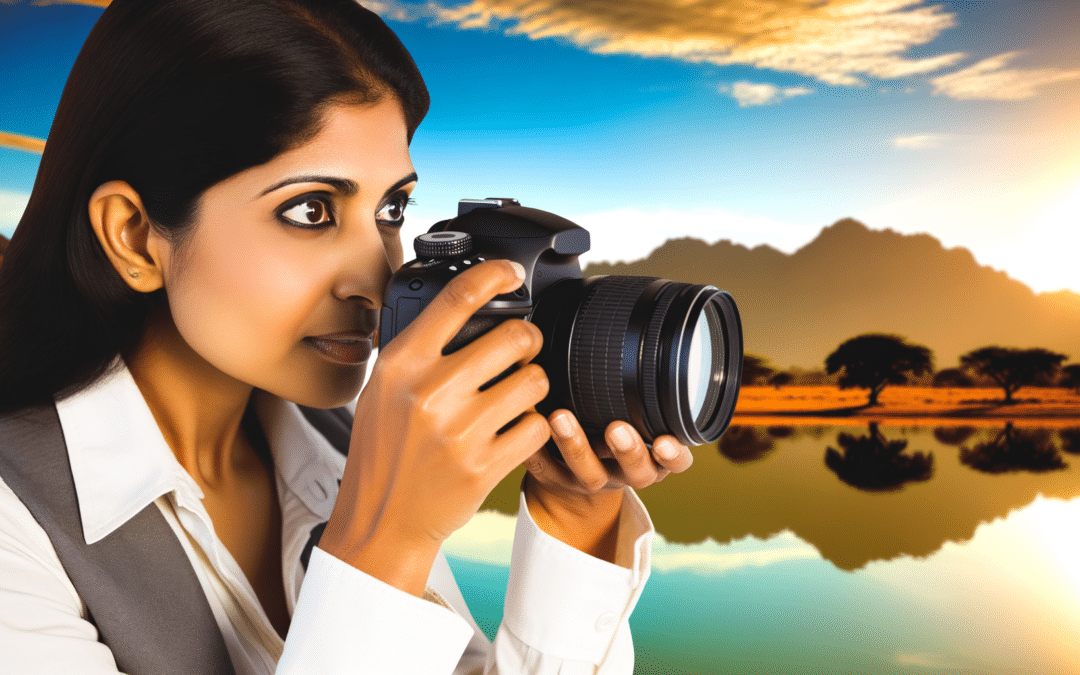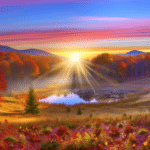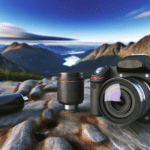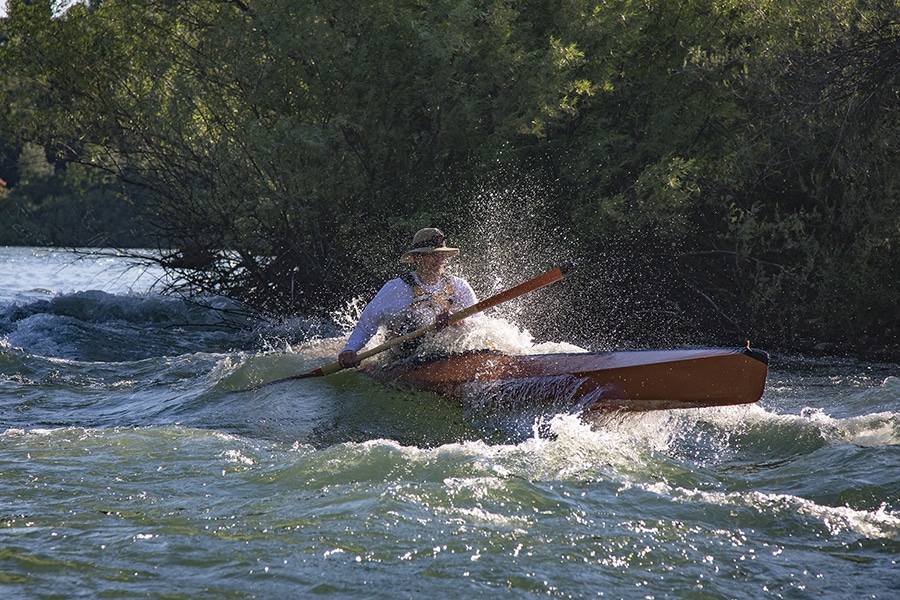Lens filters serve a dual purpose: they protect the camera lens and enhance image quality. Basic filters include ultra-violet (UV) filters, skylight filters, and protection filters, each designed to reduce atmospheric haze and protect against dust and scratches. UV filters, which come in various strengths, are particularly useful in environments with strong UV light, such as near water, at high altitudes, or in snowy areas. Skylight filters, which have a magenta tint, are beneficial for capturing skin tones and using color slide film.
When selecting a filter, quality is often indicated by the price, which reflects the type of glass used, its thickness, the coatings, and the construction of the retaining rings. For high-performance lenses, investing in a premium filter is recommended. Polarizing filters are great for outdoor photography as they enhance colors, reduce glare, and increase contrast. They come in linear and circular types, suitable for manual-focus and autofocus lenses respectively.
Neutral density (ND) filters allow for shooting at wider apertures by absorbing light and can be used to create motion blur effects. Graduated ND filters have a gradient effect to balance exposure variations within a scene. Warming and cooling filters adjust the color temperature at the time of capture, and enhancing and intensifying filters boost color saturation, especially for reds and earth tones.
Color correction (CC) filters modify color balance, and there are alternative filter materials like polyester, gelatin, and resin, which are lighter and potentially optically purer than glass but require careful handling. Slim filters are designed for wide-angle lenses to prevent vignetting. Filters come in various types for creative and technical applications, and the choice depends on the photographer’s specific needs and preferences.
Details: here






